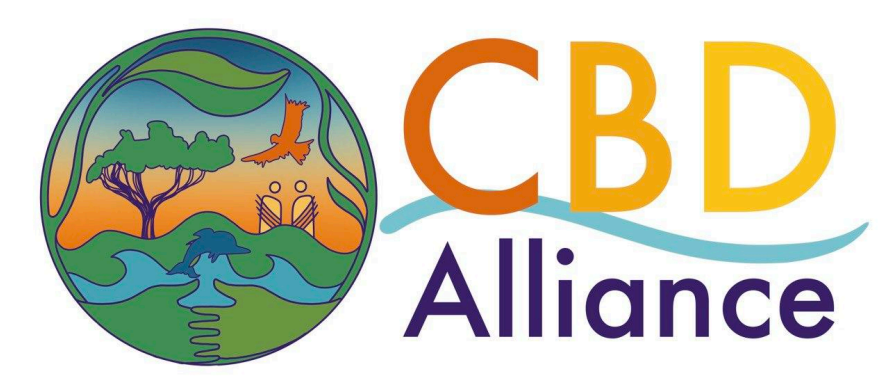Fundación Ambiente y Recursos Naturales and Fundación Inalafquen (FARN)
Women human rights defenders on environmental issues are on the front line of biodiversity protection and climate action. Many of them are attacked and killed every year, especially in Latin America and the Caribbean, the most dangerous region in the world in this sense. It is imperative to increase security and access to justice for people who defend the environment and the rights of their communities, especially women, whose vulnerability to threats is exacerbated by gender-based violence and, in the case of Indigenous and rural women, by the disproportionate impact they suffer from biodiversity loss and the cultural, economic and social obstacles they face in exercising their full environmental citizenship.
International policy frameworks and regional tools in line with human rights-based approaches, such as the CBD's Kunming-Montreal Global Biodiversity Framework (GBF) and the Escazu Agreement respectively, are of paramount importance for this. They are key tools for achieving a sustainable and just world, with full recognition of and respect for the rights of Indigenous peoples and local communities to land, territories, resources and traditional knowledge, and for the protection of environmental defenders.
Women play a critical role in the implementation of the GBF. However, the bracketed language related to human rights, women and environmental defenders in the texts currently under negotiation on biodiversity and climate change, as well as the lack of commitment to the robust participation of a wide range of stakeholders in the conservation and sustainable use of coastal-marine biodiversity, raises concerns. This includes the recognition of free, prior and informed consent, and the effective participation of indigenous peoples, local communities, women, children, youth and persons with disabilities, which is not in line with the language already agreed to in the GBF.
Liz Assef, an environmental defender of the provincial natural reserve Bahía de San Antonio, in the province of Rio Negro, Argentina, asserts that “women do science, restoration, political advocacy, educate future generations, in the face of the extractivist advance on coastal marine areas, such as large-scale real estate development or the extraction of gas and oil in the sea that coincides with areas of high value for biodiversity that support hundreds of jobs related to tourism and the health of people and species”.
It is time to remove the brackets around the language of human rights, women and environmental defenders and elevate their role in coastal marine protection and action.
